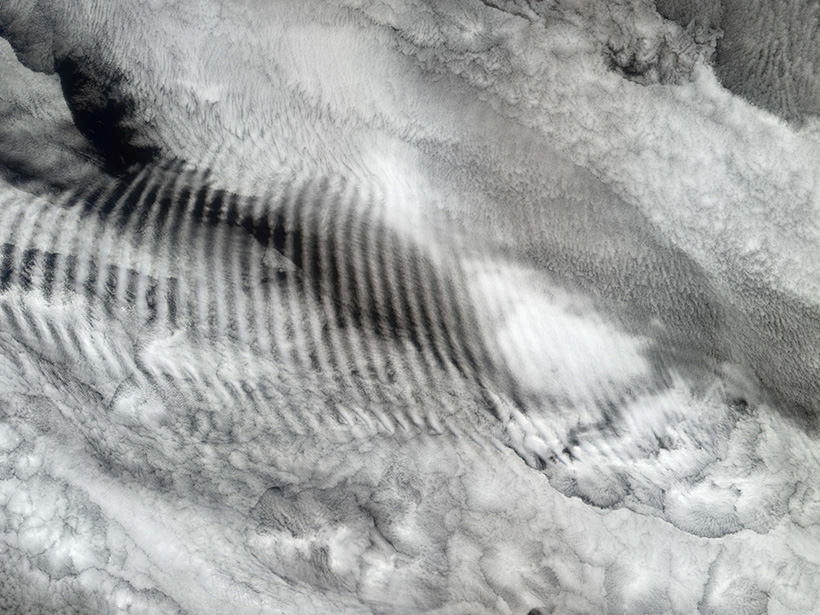Shifting heat in the atmosphere causes changes in air density. Gravity pulls the air back into equilibrium, resulting in a wave. Simulating these convectively-generated gravity waves can take a prohibitive amount of computational power, so global atmospheric models often rely on assumptions about the effects of these waves rather than computing them directly. Yano and Lane explore an efficient method for explicitly simulating the waves, using simplified mathematical models embedded within larger-scale atmospheric models.
The authors began with a two-dimensional model for convective processes that makes several simplifications about microphysics and adaptively reduces the resolution where less detail is necessary. Despite these assumptions, the model, called NAM-SCA, had been previously shown to accurately model convective processes. Using data from the Tropical Warm Pool International Cloud Experiment—which examined atmospheric convection above Australia—they extended NAM-SCA to model both convection and the resulting gravity waves.
The results of using the model matched observations from the experiment. The authors also suggest ways in which the model could be further simplified while still retaining accuracy. For example, in the cases considered, the effects of wind were not critical to understand the thermodynamic effects of convection. The authors describe the application of the model as a prototype for a new parameterization of gravity waves generated by convection in global models. (Journal of Geophysical Research: Atmospheres, doi:10.1002/2013JD021419, 2014)
—Shannon Palus, Freelance Writer
Citation: Palus, S. (2015), Modeling waves in the atmosphere, Eos, 96, doi:10.1029/2015EO022635.
Text © 2015. The authors. CC BY-NC 3.0
Except where otherwise noted, images are subject to copyright. Any reuse without express permission from the copyright owner is prohibited.

